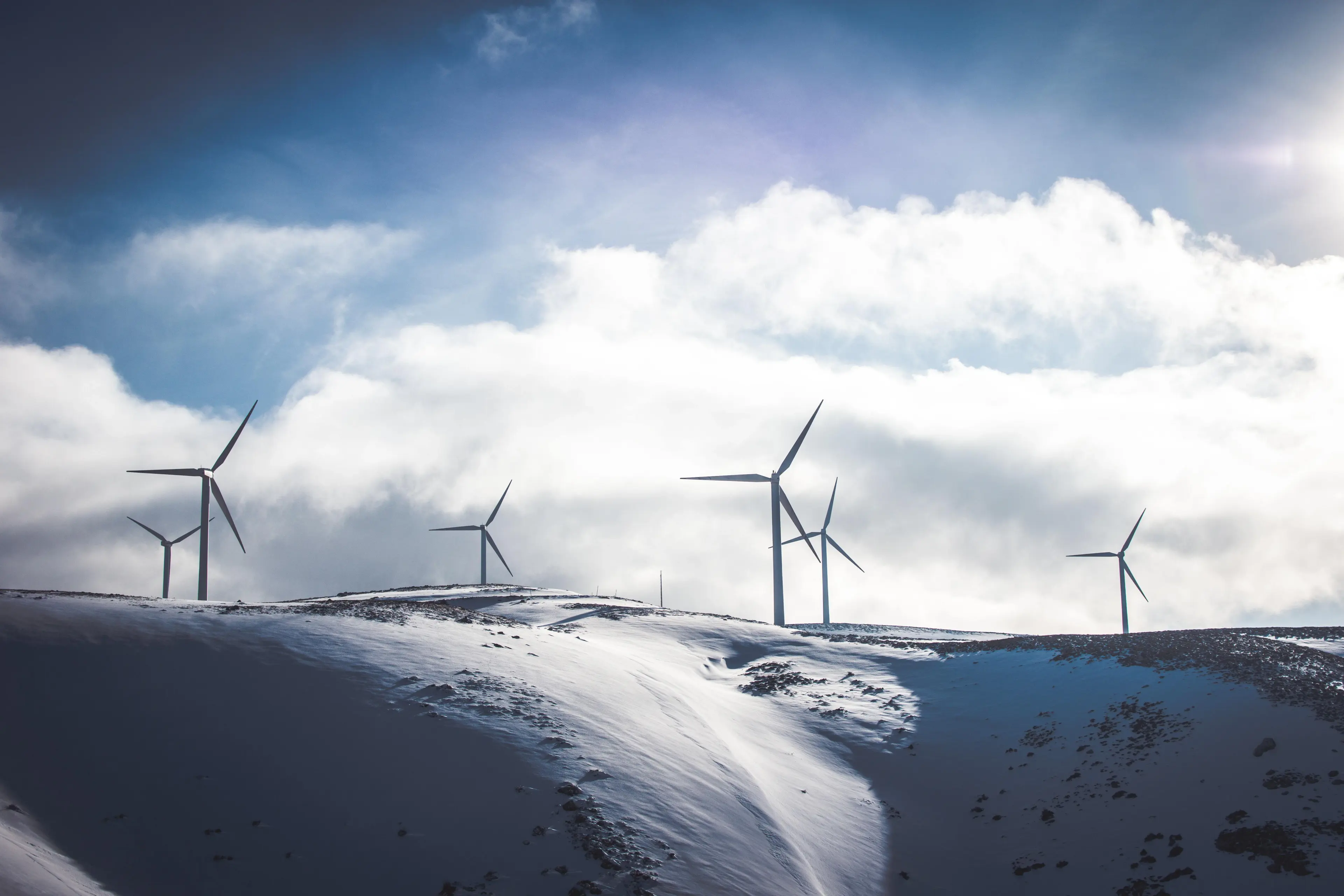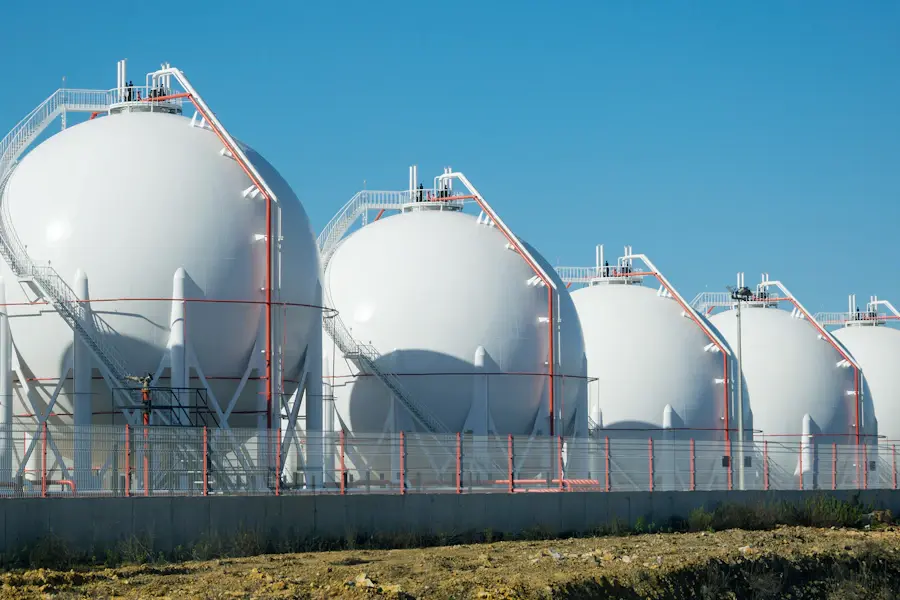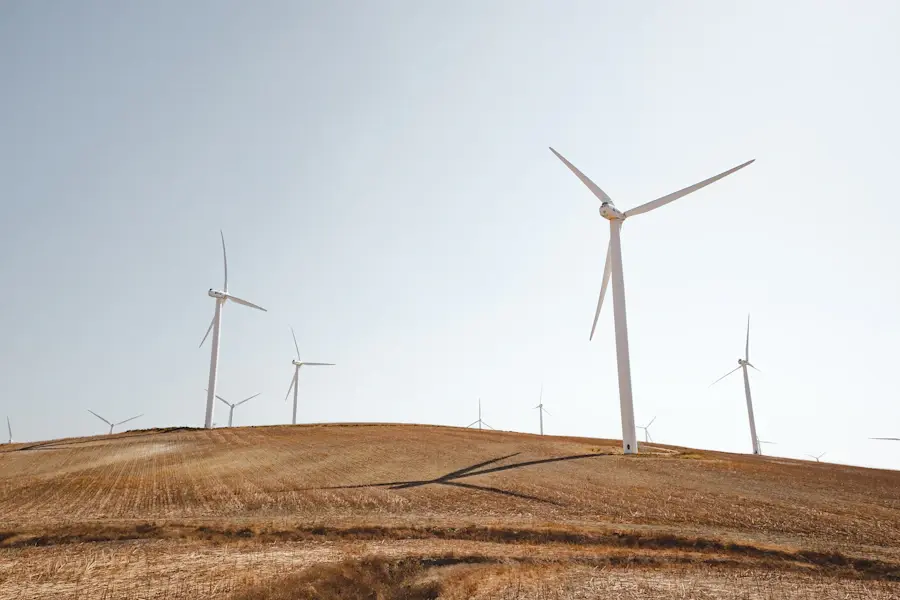Highlights from our Market Expert View Winter Edition
We kicked off the new year with a new round of our Market Expert View Webinars. Our analysts presented a status on the European energy market and gave an indication on what’s to come in the following months. Here are some of the key takeaways from our three sessions.
Publisert
31. jan. 2024

Gas Fundamentals Comfortable, but Risks Remain
The European gas market is in a good state. Current TTF prices around the €30/MWh levels are still high compared to historical levels in the low twenties, but they are a lot down from peaks above €300/MWh in 2022. Demand is still down following cuts during the energy crisis, and supply from LNG and pipeline is strong and stable. This has led to historically high storage levels, providing an important buffer for the rest of this winter and even heading into the next one. But pipeline and infrastructure concerns remain a factor. Focus is also on geopolitical risk and the situation in Yemen and the Suez shipping route. LNG shipments eastward to Europe have thus far remained unaffected, but in recent days we have seen signs that vessels from Qatar are also avoiding the Suez route. This is worrying, but replacement volumes could come from the US or other Atlantic sources. Barring any late winter extreme colds or events causing damage to infrastructure or severe disruption of LNG flows, European gas markets are set to come out of this winter in a good shape. We are facing a year where weak fundamentals is affecting carbon prices.
We are facing a year where weak fundamentals are affecting carbon prices.
Carbon prices have dropped considerably over the last couple of months, after having touched 100 €/t during 2023. This is due to market awareness of weak fundamentals. We expect a drop of stationary installations’ 2023 emissions of 185 Mt relative to 2022 levels. Gas prices, affecting fuel switching prices, have proved important the last couple of months. With fuel switching prices dropping, this will lead to gas taking shares of solid fuels in thermal power generation. The economic downturn seems to have bottomed out, but a recovery may prove slow. We forecast emissions to drop further in 2024, as an increase in power consumption will be counteracted by the net inflow of renewables. Furthermore, the EUA ‘frontloading’ plan, of auctioning some 250 Mt towards 2026, may serve as a bearish factor for the next couple of years.
Mild winter largely offsets other risk factors in Central Europe
Aside from two cold spells in early December and January, central-west Europe has seen a predominantly mild winter, capping residential gas and power consumption. The gas supply situation is healthy with European storage levels near 80% full more than mid-way through winter along with a continued stream of LNG imports.
Several geopolitical risk factors linger for gas supply, such as the ongoing Israel-Hamas war, attacks on shipments through the Red Sea, Panama Canal congestion and uncertain Asian demand recovery. Yet this has mostly been offset by the weak European demand outlook and elevated storages, allowing power and gas forward contracts to lose significant risk premium over the past year. Another cold spell this winter can’t be ruled out, but the market sentiment is confident given robust supply balances. Weaker gas prices have also improved profit margins for gas-fired power plants, the clean spark spread, meaning we expect to see more coal-to-gas fuel switching in the near term.
On the renewable generation side, we forecast continued strong growth in solar PV capacity following the unprecedented buildout achieved in many countries in 2023. New major offshore wind projects will be commissioned or begin producing this year in Germany, the Netherlands and the UK. The CWE hydrological balance has grown significantly and is the largest surplus in over 10 years. Overall, we forecast wind, solar and hydropower output at around 170TWh in the CWE region and the UK in Q2, up 20% on the year.
French nuclear output has recovered from the lows of 2022 and we expect annual generation to stay on track with EDF’s targets for the coming year.
After slumping in 2023, we expect power consumption across continental Europe to rise in 2024, supported by various forecasts for higher EU GDP growth. However, there are some barriers to this recovery particularly for industrial demand. In Germany, the state budget for climate projects was cut after a court ruling, clouding the future of both the country’s energy transition and economic growth outlook.
The Viking Link (1.4 GW) interconnector between Denmark and the UK came online last year and this year will see the launch of the Greenlink (500 MW) between Ireland and the UK. In terms of markets, flow-based market coupling is due to go-live in the Nordic region in October and Volue’s SpotEx model continues with internal parallel runs of it, and they so far show no significant impact on German prices.
In the short-term, we see prices continuing to drop as the cold weather fades and demand remains muted. Italy North and Poland are likely to have the strongest prices of the region, while the UK should remain at a premium to the CWE markets.


